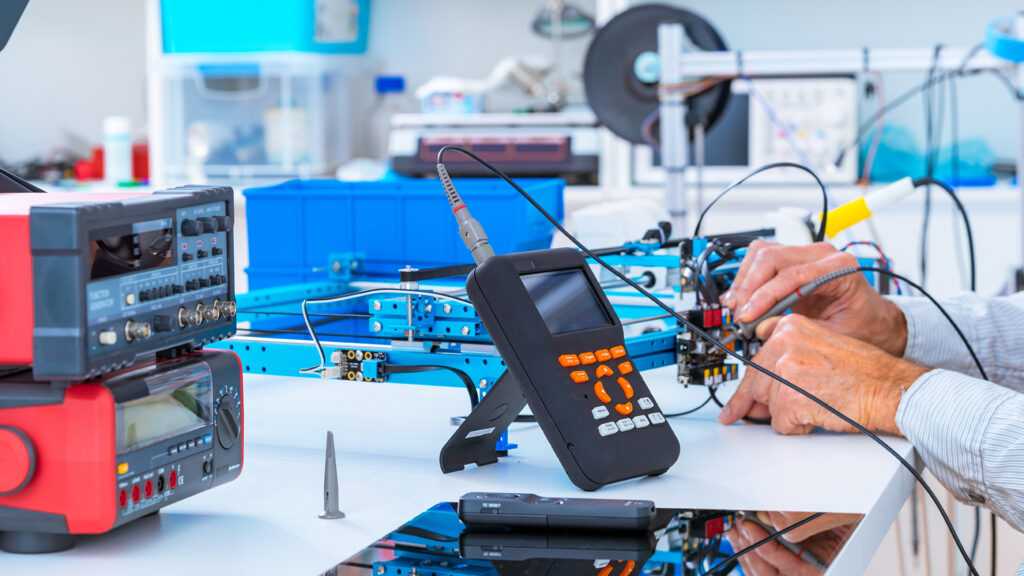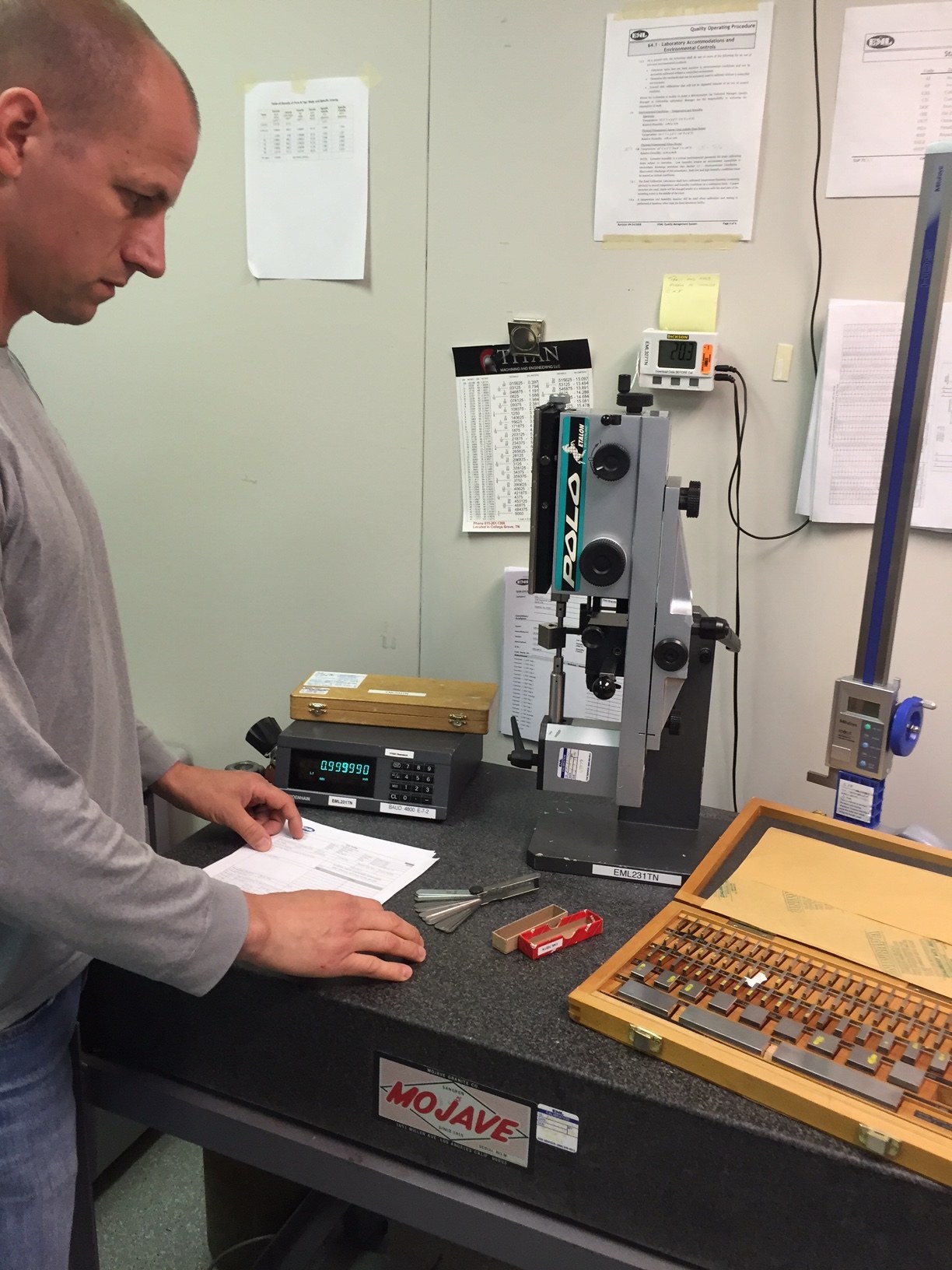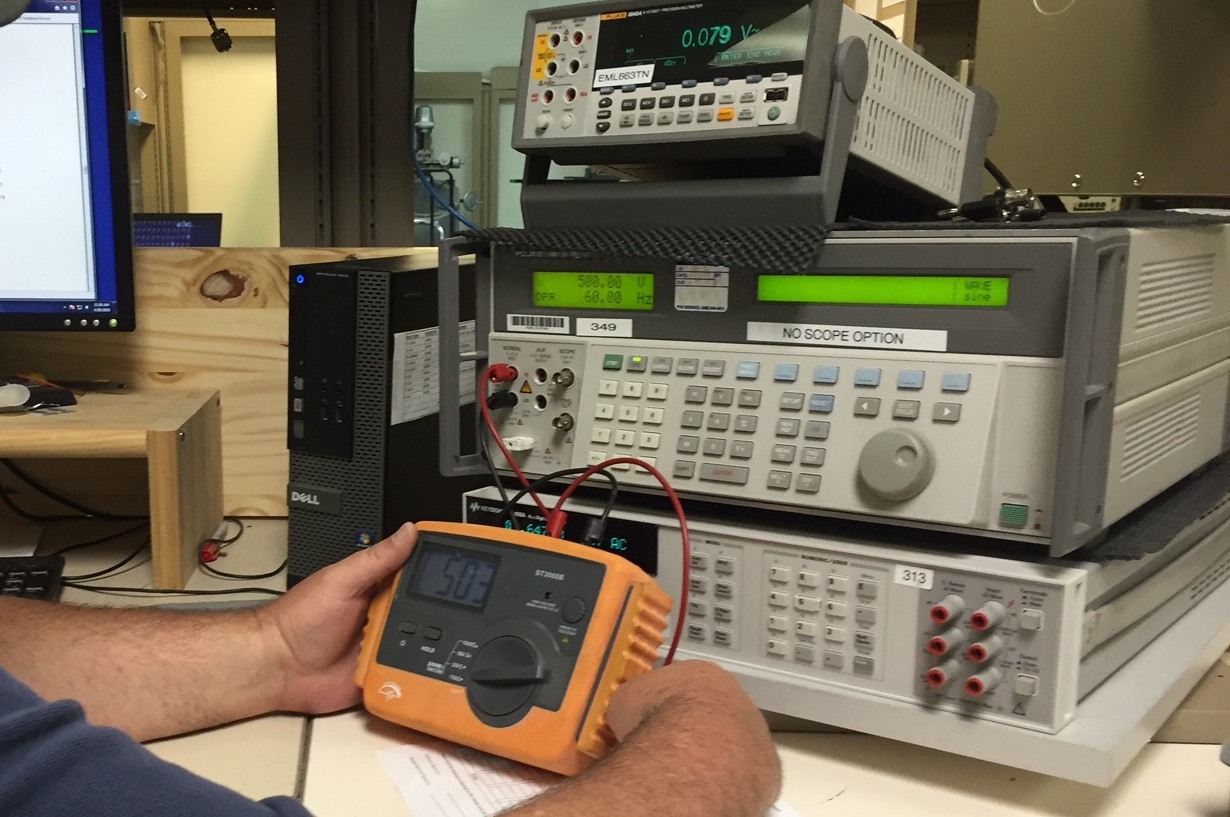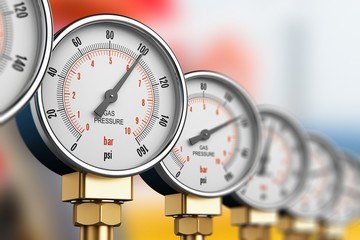Are you curious about the cutting-edge technology and equipment used as calibration tools?
Look no further! This article will take you through electronic calibration services, unveiling the tools that ensure accuracy and reliability in various industries.
From primary elements to analog and digital devices, we’ll explore the different types of instruments utilized for calibration. Discover the benefits of calibration tools and practices and learn why proper calibration is crucial for equipment like control valves, actuators, pressure gauges, and more.
Plus, we’ll spotlight EML Calibration, a trusted industry leader with over 50 years of experience in accredited calibration services.
So, if you’re eager to uncover the technology behind precise measurements and smooth-running industries, read on!
Primary Elements and Field Transmitters
Field instruments consist of primary elements and transmitters that measure and transmit signals proportional to the measured variables.
Primary elements, such as flow tubes, orifice plates, and pressure sensors, produce signals connected to field transmitters. These transmitters process and transmit the signals in either analog or digital format.
To ensure accuracy and reliability, regular calibration is necessary. Calibration procedures involve comparing the instrument’s readings to a calibration standard. Calibration requirements, methods, and equipment vary by instrument and industry.
Specialized technicians calibrate at specified intervals, ensuring the instrument functions correctly. Calibration records are kept to track the calibration history, providing traceability and proper calibration.
Proper calibration procedures and accurate records are essential for instrument performance and quality control.
Analog and Digital Devices
You can differentiate between analog and digital devices used in calibration by examining how they transmit signals.
Analog devices transmit an electrical current proportional to the measured physical quantity, such as pressure or temperature. They’re often called 4-20 milliamp loop devices and are still commonly used in calibration.
On the other hand, digital devices convert the measured physical value into a digital signal using different encoding methods like Foundation Fieldbus or HART. While digital devices provide diagnostic information, they still require calibration to ensure accuracy and precision.
Calibration verifies that the device accurately reports the process it’s measuring. This is crucial for industries that rely on accurate measurements, such as in calibrating control valves and actuators.
Calibration tools like pressure calibrators and electrical testers are used in calibration labs by calibration engineers to calibrate equipment and ensure accurate measurements.
Top Calibration Tools for Process Manufacturing Industries
What are some essential calibration tools used in process manufacturing industries?
In process manufacturing industries, calibration is crucial to ensure measurement accuracy and the proper functioning of process equipment. Some top calibration tools used in these industries include:
Level meters: These are used to calibrate and verify the accuracy of level sensors in tanks and vessels.
Calibration certificate: This provides documented evidence of calibration traceability and compliance with industry standards.
Calibration laboratories: These play a vital role in the calibration process by providing specialized equipment and expertise.
Additionally, preventive maintenance and record-keeping are essential in industrial environments to ensure the ongoing accuracy and reliability of instruments.
Calibration of Control Valves and Actuators
Control valves and actuators require calibration to ensure their proper performance and control. Calibration of control valves and actuators is essential to adjust for wear, leakage, sticking, or stiction. It may involve complete or partial stroke tests to ensure dependable operation.
Successful calibration of these components is crucial for maintaining process efficiency and safety. Electronic calibration services, such as EML Calibration, offer expertise in performing calibration tasks for control valves and actuators. They ensure the accuracy of instruments and compliance with regulatory requirements.
Calibration of pressure gauges is also an essential aspect of the calibration process for control valves and actuators. By calibrating these components, you can ensure their accuracy and reliability, improving the performance and control of your industrial processes.
Benefits of Calibration Tools and Practices
Implementing calibration tools and practices benefits your calibration processes and overall operational efficiency. Here are five key benefits you can expect:
Standardization: Calibration tools ensure consistent calibration processes across multiple devices, resulting in similar data output and more accessible training for technicians.
Automation: Automated procedures replace manual calibration steps, reducing the chances of human error and saving time.
Cost and Time Savings: Calibration tools enable faster calibration times per device, reducing the need for a second technician and allowing more calibrations to be accomplished in a given period. This leads to cost savings and increased productivity.
Improved Documentation: Calibration tools provide clear and legible data, with the ability to directly download it into various CMMS systems, enhancing record-keeping and traceability.
Compliance: Implementing calibration tools and following a calibration schedule ensures that your equipment meets calibration tolerance requirements, industry standards, and regulatory compliance.
Instrument Types for Calibration
When calibrating instruments, it’s essential to consider the various tools requiring calibration. These instruments include pressure gauges, temperature probes, flow meters, and electrical measurement devices. Calibration ensures the accuracy and reliability of these instruments, preventing measurement errors and inaccuracies. It also meets industry standards and regulations, increasing confidence in test results.
Each type of instrument has different calibration methods, such as comparing readings to known values or using sophisticated systems. Calibration manuals provide a basic calibration process description, including as-left calibration and all-inclusive calibration. Mechanical calibration is essential for critical measurements; calibration procedure callouts help guide the calibration process.
It’s essential to address calibration uncertainty and explore additional possibilities for improving calibration techniques.
Frequently Asked Questions
What is the importance of calibration tools in industries that require temperature control, such as food manufacturing?
Calibration is crucial in industries like food manufacturing to ensure accurate temperature control. It prevents errors, maintains quality output, and complies with industry standards. Calibration compares sensor readings to known values, guaranteeing consistent and reliable measurements.
How does the calibration of control valves and actuators contribute to process efficiency and safety?
Calibrating control valves and actuators ensure proper performance and control, contributing to process efficiency and safety. It adjusts for wear, leakage, and sticking, maintaining process efficiency and reducing the risk of accidents.
What are the benefits of using calibration tools and practices in process manufacturing industries?
Using calibration tools and practices in process manufacturing industries offers numerous benefits. These include streamlined training, automated procedures, faster calibration times, cost savings, improved productivity, enhanced data management, and increased safety and quality control.
How does digital calibration differ from analog calibration in terms of accuracy and precision?
Digital calibration differs from analog calibration in accuracy and precision because digital devices convert a measured physical value into a digital signal. In contrast, analog devices transmit an electrical current proportional to the measured physical quantity.
What is some common equipment that requires pressure equipment calibration in industries like medicine, aviation, and manufacturing?
In medical, aviation, and manufacturing industries, standard equipment requiring pressure equipment calibration includes pressure gauges, recorders, and transmitters. Calibration ensures accurate pressure readings for safety and quality control.
Conclusion
So there you have it, a glimpse into the world of electronic calibration services and the tools used for calibration. From primary elements and field transmitters to analog and digital devices, these instruments play a crucial role in ensuring accuracy and reliability in various industries.
Businesses can keep their operations running smoothly by properly calibrating equipment like control valves, actuators, pressure gauges, etc.
And with accredited calibration services like those offered by EML Calibration, you can trust that your measurements will always be precise.





